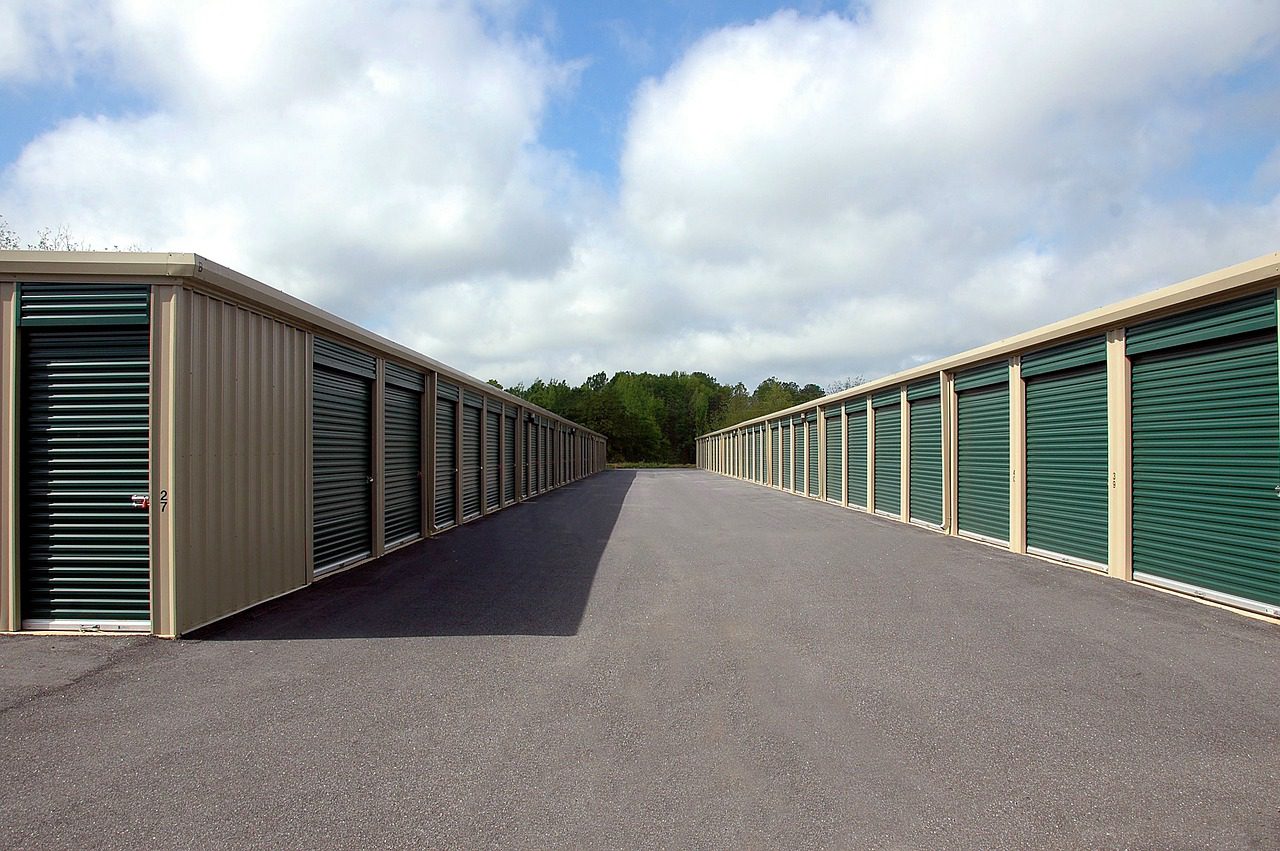Important Factors to Keep In Mind While Choosing the Perfect Self-Storage Unit in Justin, Texas
Nestled in the welcoming town of Justin, TX, known for its picturesque landscapes and vibrant community, the need for extra storage often arises in various stages of life – from relocating to a new home, downsizing, or simply decluttering your living space. For those seeking cost-effective solutions, you can opt for a cheap self-storage Justin TX; this necessity is met with an added dimension. This article presents a comprehensive guide tailored to assist you in making the right choice when selecting the perfect and affordable unit for your unique requirements.
Assess Your Storage Needs
Finding the ideal self-storage solution begins with thoroughly assessing your storage needs. Before diving into the details of unit sizes and features, take a moment to understand the essentials.
- Inventory Checklist: Begin your journey by evaluating your space needs. Take an inventory of the items you intend to store. This step aids in determining the size of the unit required. Knowing exactly what you’ll be storing will help you choose the most appropriate storage solution.
- Categorize Belongings: Group your belongings into categories and estimate the space they would collectively occupy. This clear assessment forms the foundation for choosing an appropriately sized unit, preventing you from overestimating or underestimating your storage space needs.
- Future Considerations: It’s wise to plan for the future. Consider potential storage needs that might arise later. Opt for a slightly larger unit to accommodate any items you need to store in the coming months or years. This proactive approach prevents the need for frequent unit upgrades.
Choose the Right Unit Size
Selecting the correct unit size is pivotal for your storage experience. In this section, we delve into the art of choosing the right unit size – a decision that balances your belongings’ scope with the space you require
- Size Variations: With your inventory in mind, choose a unit size that aligns with your requirements. Storage units come in various dimensions, ranging from small lockers to larger rooms. Picking the right size ensures that you’re not paying for unused space.
- Efficient Organization: While choosing a size, think about how you’ll organize your belongings within the unit. Utilize shelving, racks, and proper stacking techniques to maximize the available space and keep your unit well-organized.
- Avoid Overcrowding: While maximizing every inch of space is tempting, avoid overcrowding the unit. Leave room for easy access and airflow. Overcrowding can lead to difficulty retrieving items and potential damage.
Consider Security Features
Just as a well-placed landmark enhances a journey, choosing a storage facility with robust security measures greatly influences your storage experience.
- Safety Assurance: Ensuring the safety of your stored belongings is paramount. When choosing a unit, inquire about the security measures in place. Look for facilities that have robust security systems in place.
- Surveillance and Access Control: Look for features such as surveillance cameras, secure access controls, well-lit premises, and on-site staff. These aspects collectively contribute to your stored items’ protection and peace of mind.
- Secure Facility: Research the facility’s reputation for security. Read reviews and ask about any past security incidents. Opt for a facility with a track record of maintaining the safety of its clients’ belongings.
Check for Accessibility
The accessibility of your storage unit sets the tone for your experience. This section is all about ensuring that reaching your stored items is hassle-free.
- Flexible Access Hours: Easy accessibility to your unit is essential. Prioritize facilities that offer extended access hours, allowing you to reach your belongings whenever necessary.
- 24/7 Access Option: Some facilities even offer 24/7 access, which can be particularly advantageous for individuals with dynamic schedules or urgent retrieval needs. This level of accessibility provides convenience and peace of mind.
- Emergency Situations: Consider how accessible your unit is during emergencies or unexpected situations where you need immediate access to your items. Storage facilities with round-the-clock access can be a lifesaver in such instances.
Conclusion
Selecting the perfect unit involves deliberate steps that cater to your unique needs and priorities, especially for a cheap self-storage in Justin, TX. By assessing your requirements, considering factors like location, security, and climate control, and conducting thorough research, you can confidently choose a solution that complements your lifestyle. This strategic approach ensures your belongings are stored securely and accessible whenever needed. Make the most of the available resources in this city and enjoy the convenience and peace of mind of finding the perfect affordable self-storage solution.





